Japan is home to countless shrines and temples, each carrying its own unique charm and history. Among them, Tozan Shrine in Saga Prefecture stands out for a very special reason — its iconic torii gate made entirely of porcelain. Nestled in the quiet town of Arita, the birthplace of Japanese porcelain, this centuries-old shrine is not only a place of worship but also a remarkable symbol of craftsmanship and cultural heritage.
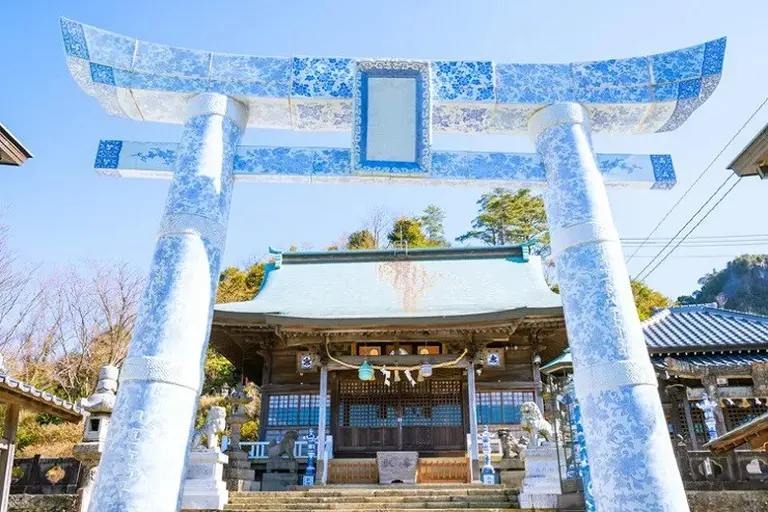
>> Self-Mummification: The sacred journey beyond death you’ve never heard of
Tozan Shrine, located in Arita — the birthplace of Japanese porcelain — is a fascinating destination for those who love ceramics.
Arita is an ancient town in Saga Prefecture that played an important role in Japanese history. It was here that porcelain was first produced in Japan, giving rise to a craft with more than 400 years of tradition. Arita porcelain is highly regarded for its delicate yet durable quality, admired by collectors and enthusiasts around the world.
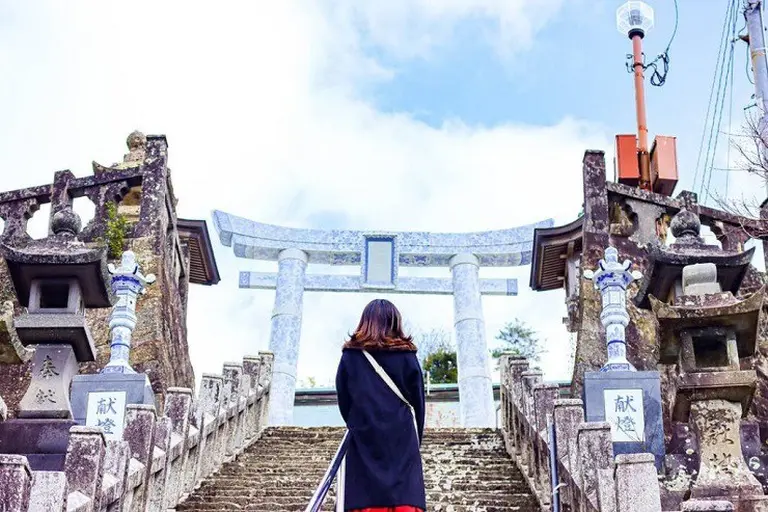
Founded in 1658, Tozan Shrine, also known as Sueyama Shrine, is famous for its unique torii gate made of porcelain. Unlike the typical torii gates built from wood or stone, this one is crafted from fine white porcelain, decorated with pale blue patterns. Many sacred structures within the shrine are also adorned with Arita’s iconic blue-and-white porcelain.
The shrine was built to honor three figures: Emperor Ojin, feudal lord Nabeshima Naoshige of the late Sengoku period, and Yi Sam-pyeong — a Korean potter who is believed to have introduced porcelain-making to Japan.
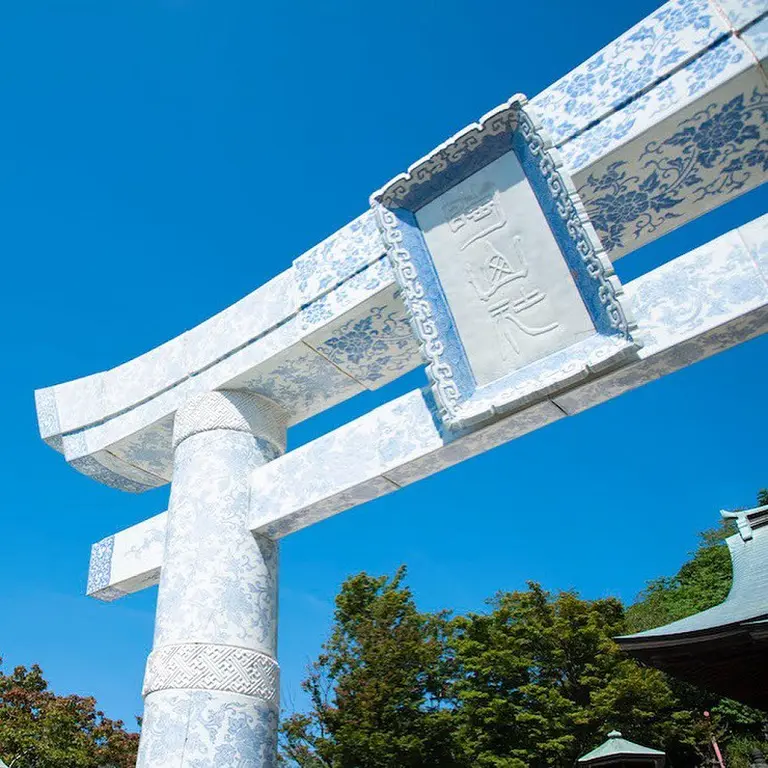
Yi Sam-pyeong is revered as the father of Japanese porcelain. He discovered kaolin, the essential clay mineral for porcelain production, in Arita’s Izumiyama quarry. Over time, porcelain-making flourished and became a key traditional craft, with local artisans producing masterpieces that contributed to the town’s prosperity.
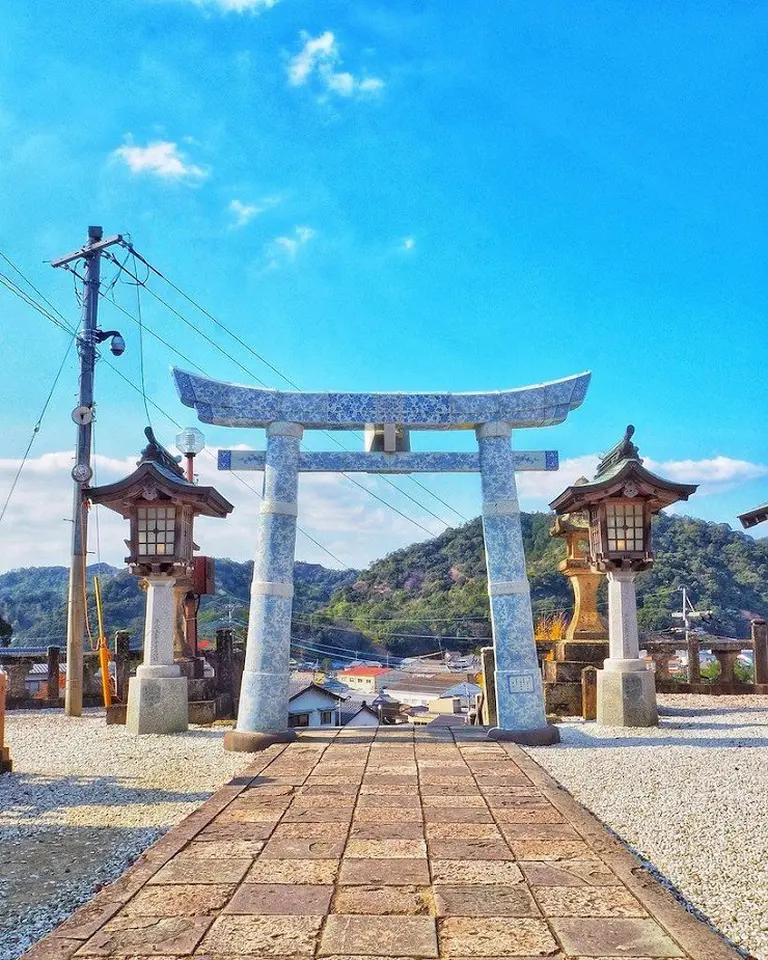
>> The temple with a bizarre ritual: Everyone is shocked when they see the hat on the priest’s head
When visiting Tozan Shrine, travelers are welcomed by the stunning white porcelain torii gate, beautifully decorated with light blue motifs. But this gate is not the only highlight. As you walk around the grounds, you’ll find other porcelain details, such as lanterns, guardian lion-dog statues (komainu), and even porcelain-made omamori (lucky charms) and ema (wish plaques), which visitors can purchase to write down their wishes.
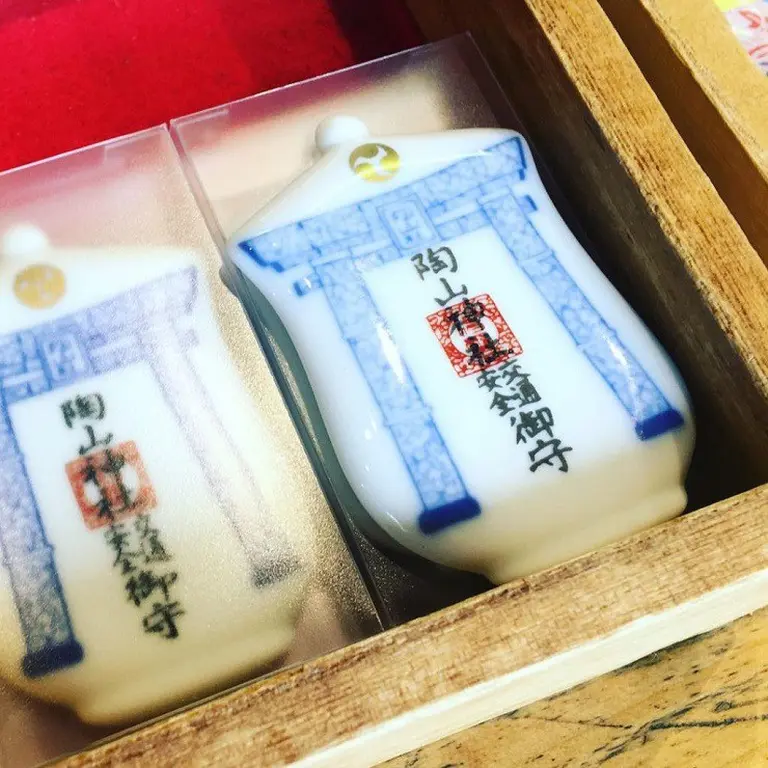
Tozan Shrine stands as the most unique representation of Arita’s porcelain artistry. With a history of over 400 years, porcelain production has been vital to the development of the region. Today, the town continues to preserve its traditional craft while promoting tourism, attracting visitors who are passionate about ceramics and cultural heritage.
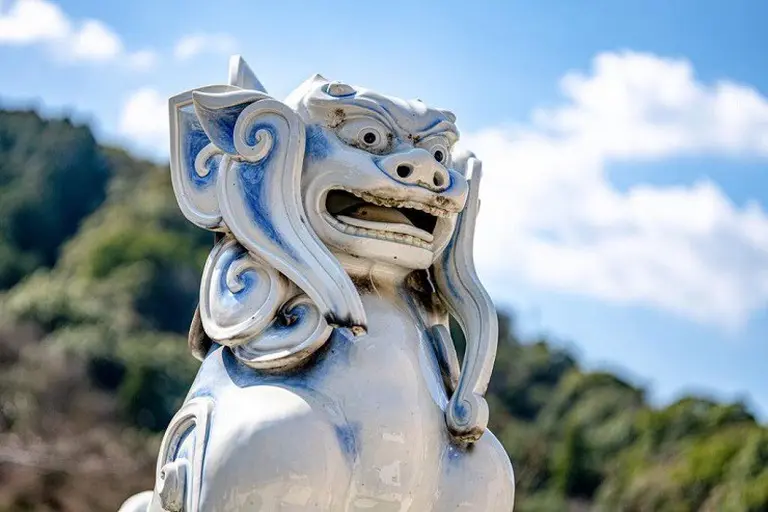
A visit to Tozan Shrine offers travelers a rare opportunity to experience Japan’s spiritual traditions while admiring the artistry of Arita porcelain. Whether you are passionate about history, fascinated by traditional crafts, or simply seeking a peaceful stop on your journey, this 363-year-old shrine is a destination that beautifully combines culture, heritage, and timeless artistry.
>> The Japanese shrine that built a tiny water temple just for Bees






